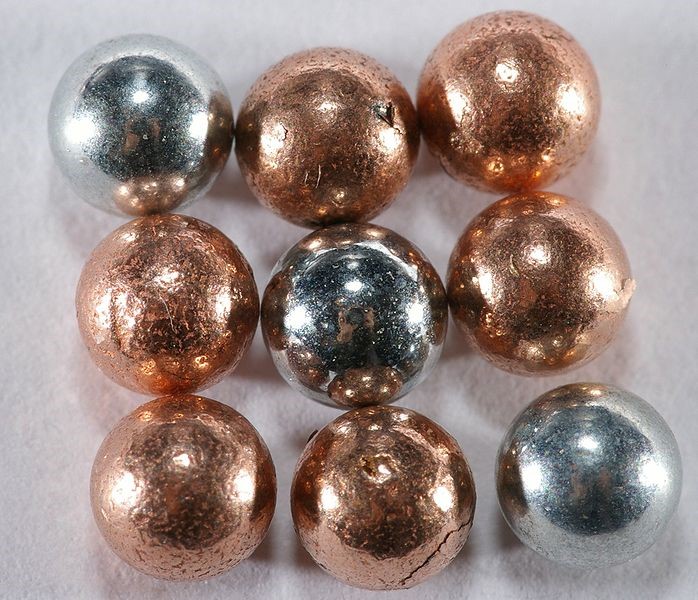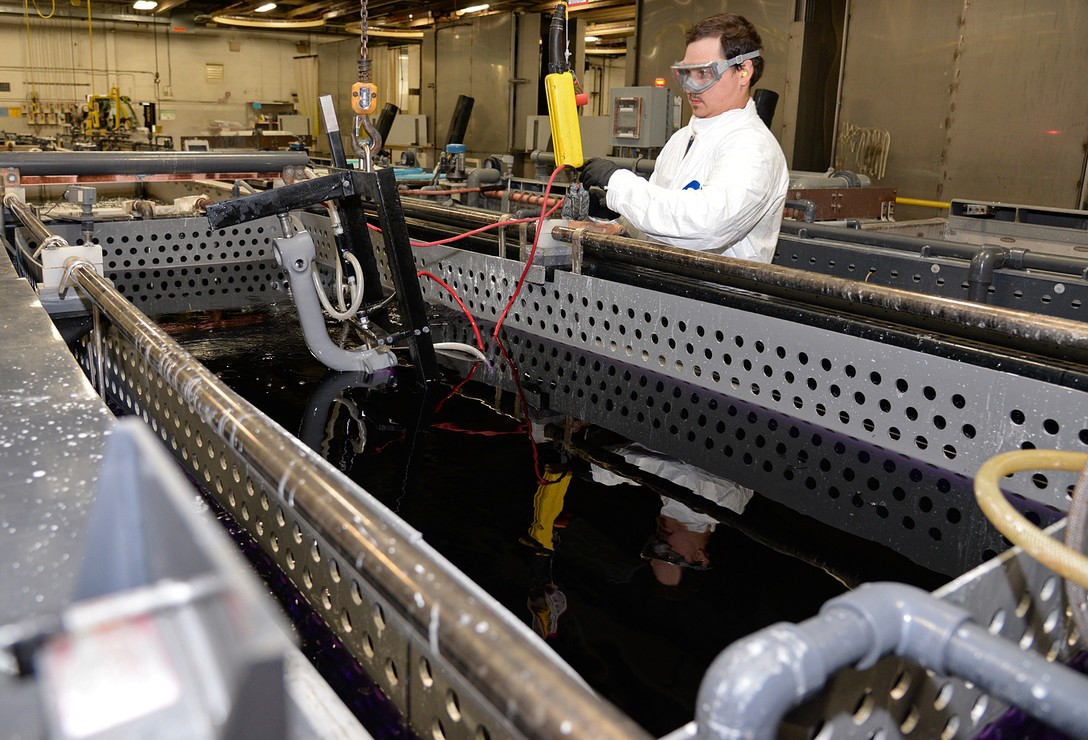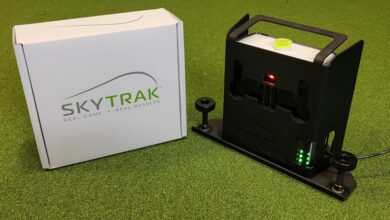
Nickel plating offers numerous advantages for use as a coating. It is used for a wide range of purposes, including automotive, aeronautics, machinery, and even household fixtures and fittings.
Nickel plating is also a good base for further coatings, such as chromium plating, but have you ever wondered how metalworkers and engineers plate these parts with nickel in the first place? Let’s explore the three key processes.
Electroless
As the name suggests, this process does not use an electric current to plate parts with nickel; instead, it relies on an autocatalytic reaction whereby nickel ions are reduced with sodium hypophosphate, making it possible for them to be deposited on the surface without a current. This creates an impressively uniform coverage and even allows technicians to adjust the phosphorous in the nickel composition, resulting in differing levels of corrosion resistance.
Electroplating with nickel sulfate
There are two choices when it comes to choosing to electroplate nickel, using either nickel sulfate or nickel sulfamate. Nickel sulfate produces a bright surface and is ideal for any parts of end products that are likely to be exposed or on show. During this process, the part to be plated is placed in a vat – sometimes called a bath – that contains the all-important electrolyte solution of nickel composites. An electric current is sent through the vat, which causes the nickel sulfate solution to adhere to the part. Not only is this a low-cost way to plate nickel that results in a smooth, bright finish but also it offers corrosion protection and is scuff resistant.
Electroplating with nickel sulfamate
Where nickel sulfate can be lustrous, the use of nickel sulfamate in electroplating results in a tough, matt appearance. It offers greater resistance and better corrosion protection, which is why it tends to be reserved for functional uses. It is carried out via the same process whereby nickel composites are placed in a bath or vat.
All these methods offer the huge advantages of nickel plating, which go beyond those of other metals, powders or paints.
Nickel has been used in creating alloys such as bronze for over 5,000 years. In a world of fast-moving technological innovations, nickel is still proving to be the best when it comes to being used as a coating.






